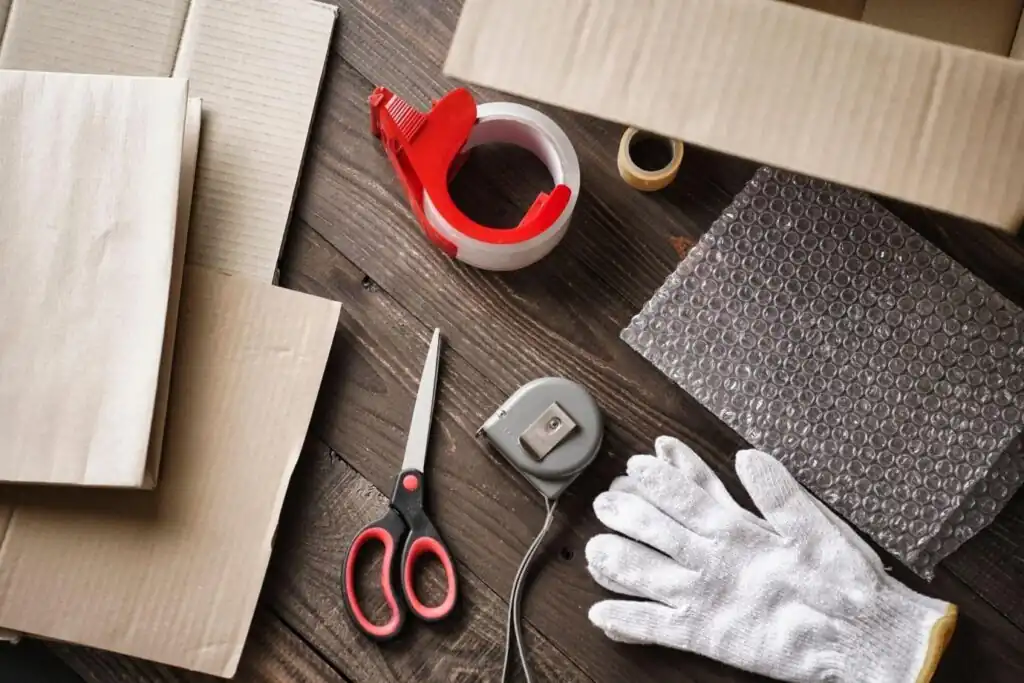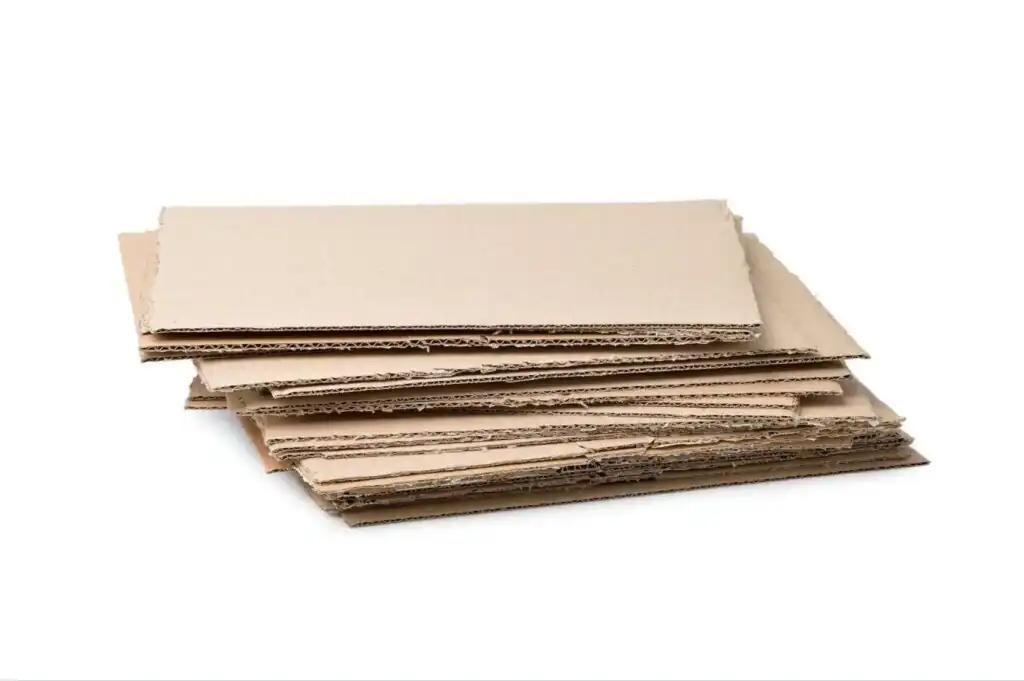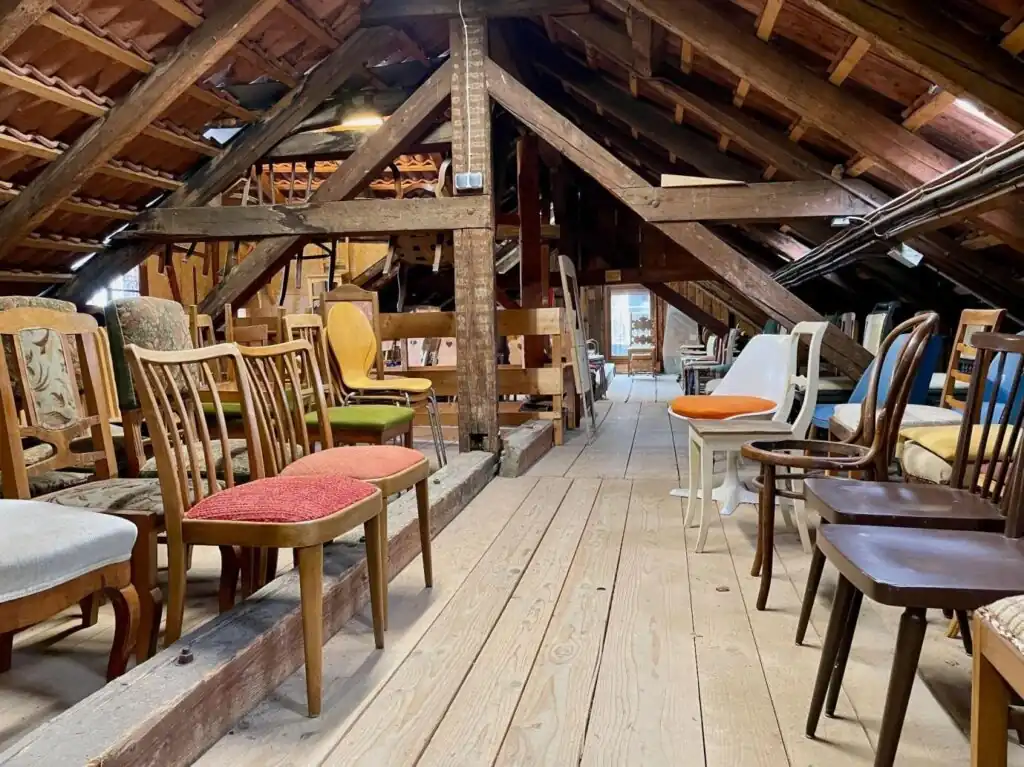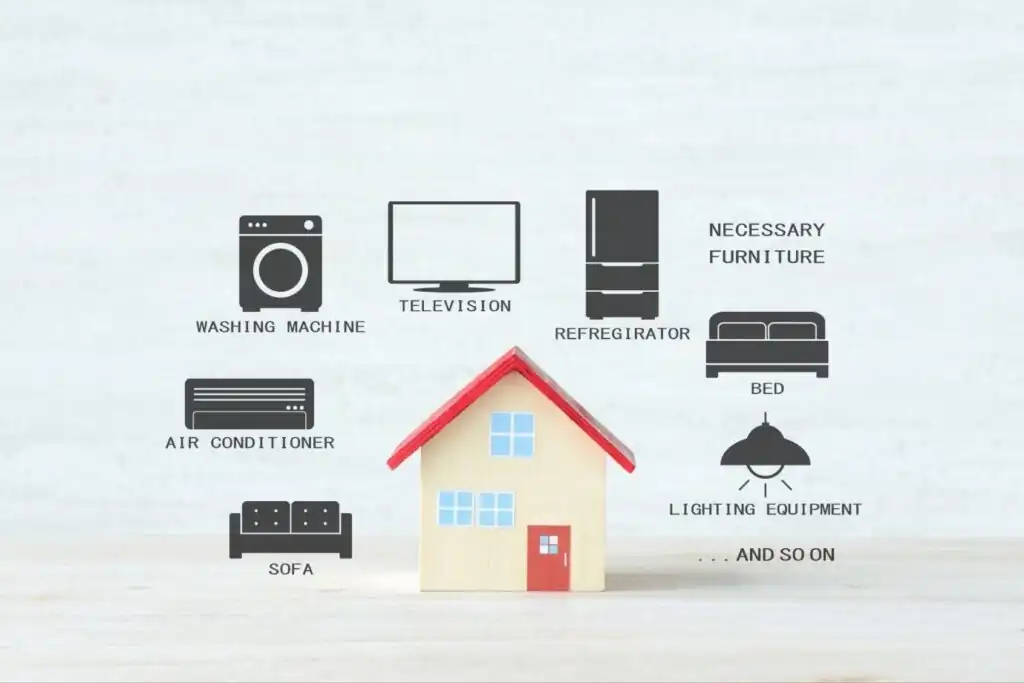Many people are excited about moving as a means of starting a new chapter in life. However, moving involves activities that can put a strain on the environment, such as disposing of large amounts of paper used during packing and transporting belongings in large trucks.
With growing awareness around sustainability and the SDGs, more people are looking to incorporate environmental considerations into their moving methods. In this article, we’ll explore practical tips for making your move more friendly on the environment.
At Village House, there are no security deposit, key money, handling fees, or renewal fees(※). If you’re looking to save on initial costs, be sure to check out our website.
※ Depending on the contract details and screening results, a security deposit may be required.
Reduce waste

One of the most common environmental concerns when moving is the large amount of waste generated from packing materials and cushioning supplies. Of course, it is not realistic to move without using any of these materials, but using them without a plan can lead to excessive waste.
Furthermore, once your move is confirmed, be sure to use up all of your food and consumables accordingly. On moving day, your refrigerator will need to be unplugged, making it difficult to transport refrigerated or frozen foods—many of which may end up being thrown away. Thus, avoid stocking up on groceries and consider using up all of your consumables before your move.
For items you no longer need, consider selling, donating, or using your local municipality’s bulky waste collection service. You can also sell your unwanted items through flea market apps or take them to a recycle shop to have them appraised for reselling.
Select an eco-friendly moving company

Choosing the right moving company can also play a huge role in reducing waste, such as selecting one that offers eco-friendly packing materials. For instance, using a moving company that rents out reusable plastic containers can help reduce the use of cardboard boxes.
Moving companies that offer eco-friendly plans:
Art Moving Center has developed the “Eco-Raku Box,” a packing solution that eliminates the need for paper materials during the moving process. These reusable boxes are specially designed for items like tableware, shoes, flat-screen TVs, and lighting fixtures, making packing both easy and efficient. Unlike traditional packing methods that require you to remove bubble wrap or take items out of individual bags, the Eco-Raku Box allows for quick unpacking—just open the box and take your items out, an eco-friendly and hassle-free option.
Sakai Moving Center offers a buyback and collection service for unwanted furniture, home appliances, and other items that are no longer needed when moving. By reselling these items at affordable prices to those in need, the company helps reduce unnecessary wastage and promotes reuse, making your move more environmentally friendly.
Nippon Express has developed its own reusable packing material, the “Ecology Component.” These specialized packing materials are designed to fit your belongings perfectly, including highly functional storage solutions like shoe boxes that allow you to simply transfer shoes without unpacking and hanger boxes that let you store clothes while they still remain hung on hangers. Additionally, with minimal use of cardboard boxes and cushioning materials, this method helps reduce waste, making your move more eco-friendly.
Choose reusable packing materials

Cardboard is a material with a low environmental impact, with a recycling rate of over 95%. That being said, because it’s still a limited resource, it’s best to reduce the amount we use whenever possible.
For example, you can reduce the amount of materials wasted when packing by using items you already have, like suitcases or clear storage bins, instead of cardboard boxes. You can also use Eco-bags to store everyday items that you want to use right away after the move.
If you do need cardboard boxes, consider getting some for free at local supermarkets or drugstores. In particular, cardboard boxes that previously contained items like toilet paper or sanitary products are relatively clean and large in size, making them perfect for moving.
You can also cut down on waste by using more environmentally friendly packing materials. For example, instead of using commercially available cushioning materials, you can use soft items such as towels and clothes that you have at home instead.
Choose secondhand (reused) furniture

Choosing secondhand (reused) furniture is a smart choice that’s kind to both the environment and your wallet. Producing brand-new furniture requires a lot of resources and energy. In contrast, reusing pre-owned furniture helps reduce resource consumption and waste.
What’s more, secondhand furniture often includes vintage and retro designs that are no longer available on the market. These items offer unique charm and style that new furniture can’t replicate. You might even come across a one-of-a-kind piece that adds a special touch to your space.
Install energy-efficient appliances

“Shou-ene” is short for “shou-enerugii,” meaning energy-saving or using energy more efficiently. Home appliance technology continues to advance every year, and newer models tend to have better energy-saving performance. In other words, by replacing your old home appliances with the latest energy-saving models, you can substantially reduce your electricity bills.
▶ Refrigerators (Rated capacity: 401–450L / Comparison between a 10-year-old model with a latest model)
Compared to refrigerators from 10 years ago, the latest models can be expected to reduce electricity consumption by about 47%. When comparing models of the same size and door count, the higher the “Energy Efficiency Standard Achievement Rate,” the more you can save on electricity bills. When choosing a refrigerator, choose one that suits your lifestyle, taking into account not only energy efficiency but also ease of use and capacity.
▶ Lighting fixtures (Comparison between a standard incandescent bulb with an LED bulb with roughly the same brightness)
It is said that you can save about 85% on your electricity bills just by switching from incandescent light bulbs to LED bulbs. Many lighting fixtures allow you to simply replace the bulb with an LED bulb without changing the entire unit, making it an easy and accessible upgrade.
▶ Television (32-inch LCD TV)
Compared to TVs from six years ago, it is said that newer models of the same size are around 29% more energy efficient. When purchasing a new TV, consider not only power consumption, but also viewing distance, desired features, and the size of your room to find the best fit for your needs.
▶ Air conditioners
It is said that an air conditioner can lead to about a 7% reduction in electricity costs over 10 years. By selecting a model that suits the size of the room, its exposure to sunlight, and the installation location, you can achieve more efficient cooling and heating, resulting in even greater energy savings. Products manufactured after April 2009 have a “standard usage period” label displayed, so if a unit has surpassed that period, it is a good idea to consult with the retailer.
▶ Bidet toilet seat
Compared to models from 10 years ago, the latest bidet toilet seats can save around 28% on electricity bills. Not only electricity, but water-saving features have also advanced, contributing to savings on water bills. When purchasing a bidet toilet seat, it’s recommended to consider both energy and water usage to maximize savings.
At Village House, we offer over 1,000 lovely properties at low prices across Japan. If you’re looking for a new place to move, please feel free to contact us.
Related articles:

Hello, I’m Machiko Doi, a freelance writer who writes about housing and living in Japan.
I live in an 80-year-old house that I inherited from my grandparents along with my two shelter cats and daughter.
We live a relaxed life while repairing the house.
I like to cook vegetables from the garden and fresh fish caught by my father, and enjoy them with cold beer on a hot day or hot sake on a cold day.



